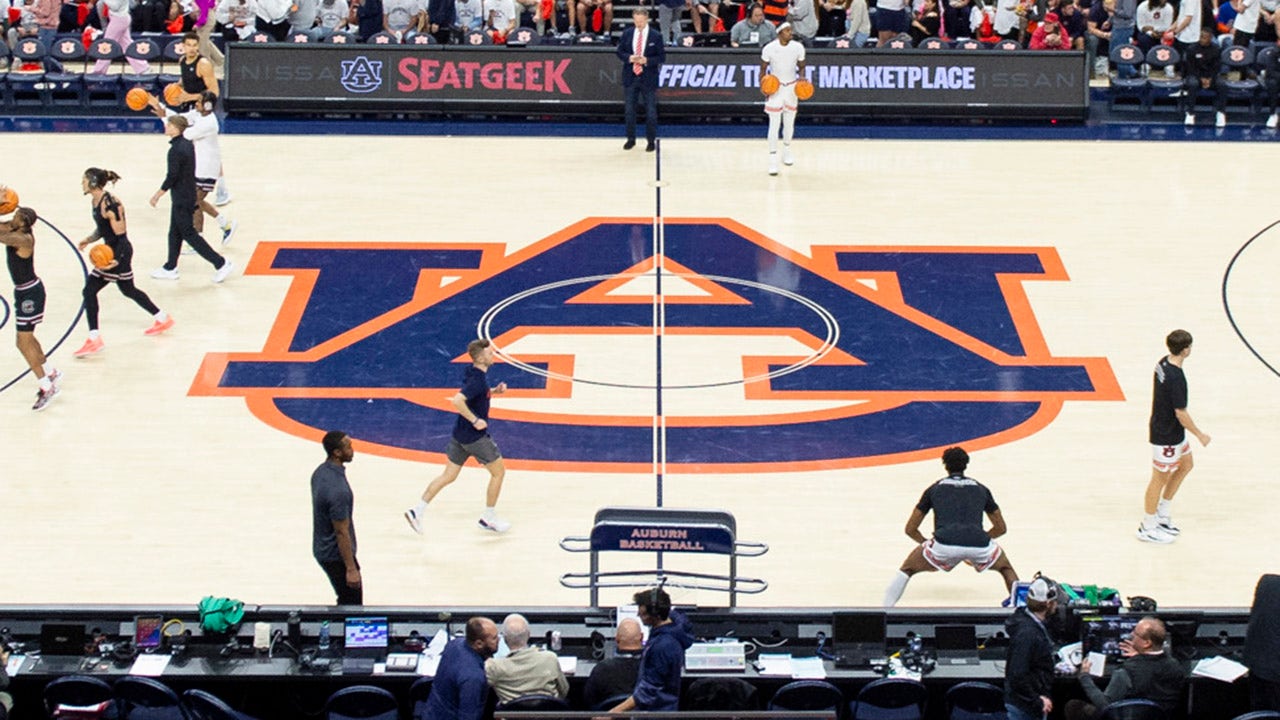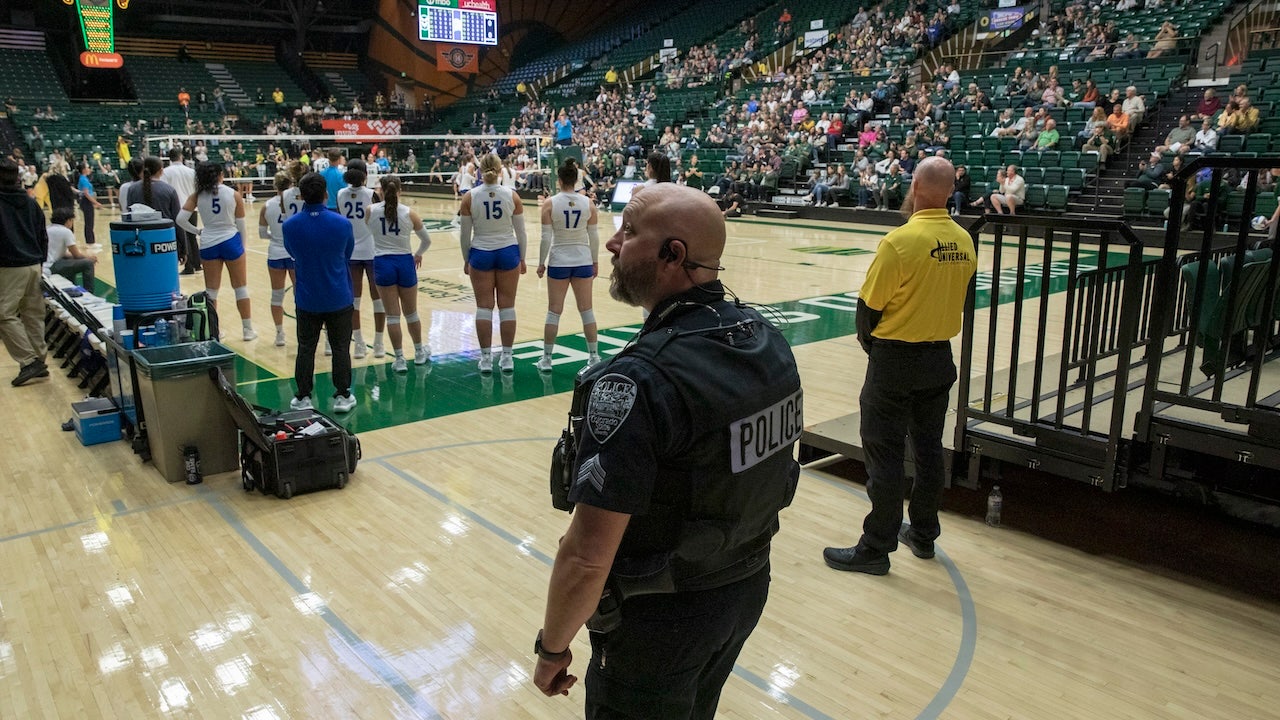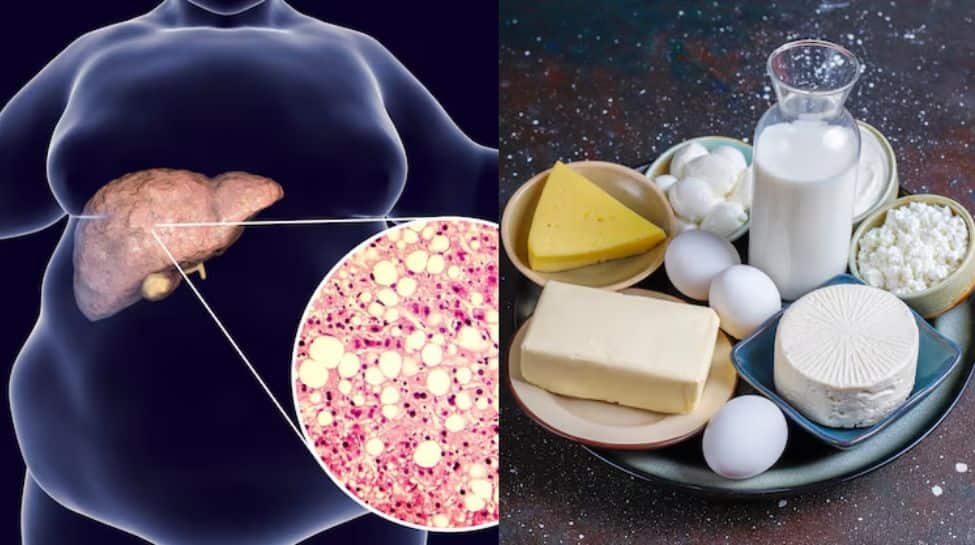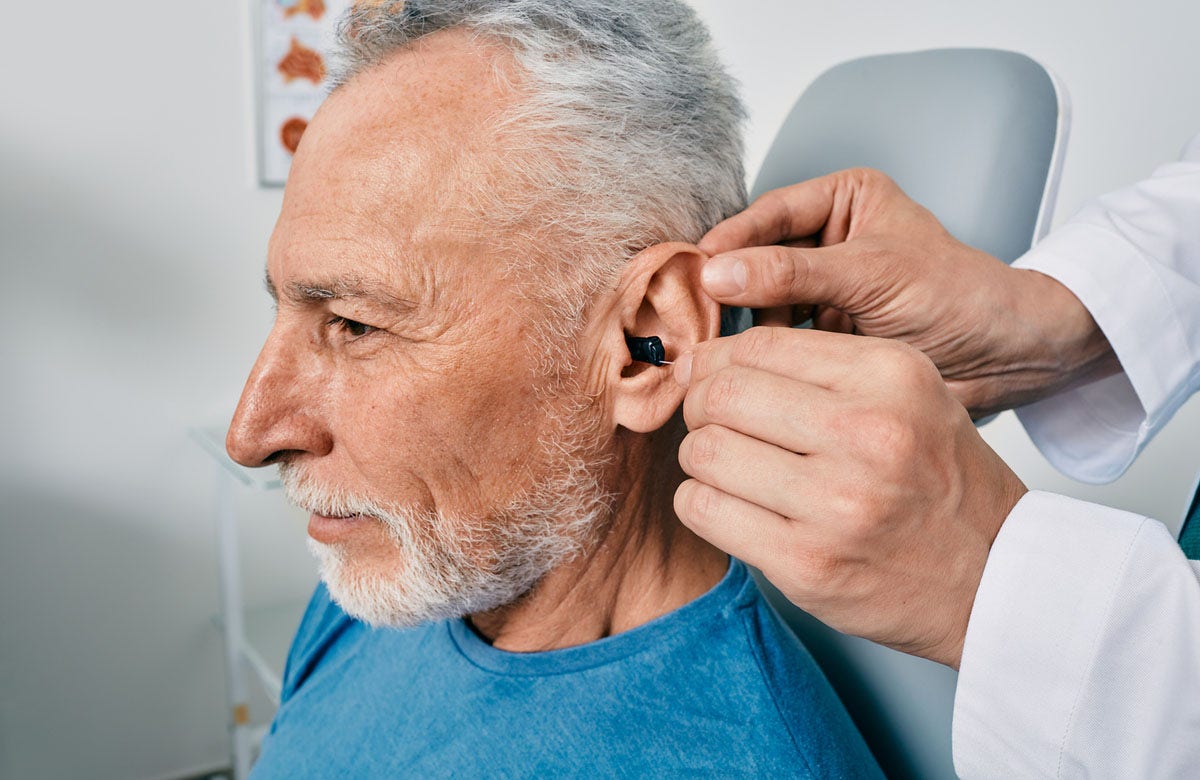If you have ever stood in the presence of a complete fossil of a Tyrannosaurus rex, there is no doubt it was the apex predator of its era. The adults were enormous, with giant skulls and banana-size serrated teeth. The strength of the bite of a full-grown T. rex has been the subject of numerous scientific studies, but mysteries endure about what led to this powerful chomp that ruled the end of the dinosaur era.
In a research published in September in the journal The Anatomical Record, a team of scientists sought to understand the oral arsenals of the tyrannosaur species that prowled Asian and North American landscapes for millions of years before the T. rex. Through their analysis of bite forces and the stress all that gobbling put on tyrannosaur craniums, the researchers showed that tyrannosaurs steadily built up their bone-crunching powers over the eons. They also found that even in its juvenile form, the T. rex could deliver a truly nasty bite.
It was not easy for the researchers to build 3-D skull models of nine tyrannosaur species for their analysis. Evan Johnson-Ransom, a doctoral student at the University of Chicago who led the research, said that just reconstructing digital skulls of two Asian species “took approximately three months since we had to work with flattened specimens.”
But the team endured, ultimately finding that tyrannosaur snouts fit two basic shapes: gracile for those that were more slender, such as earlier forms of tyrannosaur and juvenile T. rex, and then robust for the heftier snouts, like that of an adult T. rex. Each 3-D model was then subjected to finite element analysis, a technique that determines the stress and strain on biological structures. Stress, in this context, refers to the amount of force exerted upon the skull bones, which were capable of handling extreme exertions.
Under moderate- to high- stress, skulls are “doing a lot of biting or a lot of heavy-duty work when feeding,” Mr. Johnson-Ransom said. Lower stress indicates a tyrannosaur species wasn’t biting as hard as others were.
Some of the results were expected: The bigger the tyrannosaur species, the bigger the bite force.
Other results were more surprising: The shape of a snout didn’t necessarily correlate with stress on the skull. In fact, some of the earlier, gracile-snouted tyrannosaurs had low skull stress, suggesting “they were not biting as hard,” Mr. Johnson-Ransom said. But when a beast like T. rex shattered prey with its bite, the stress on its skull was high.
Emily Rayfield, a professor of paleobiology at the University of Bristol in England who was not involved in this study, praised the researchers for overcoming past technological limitations with their analysis. But the T. rex results surprised her.
“Their wider skulls pack in more jaw-closing muscle, meaning they can bite proportionately harder,” she said, “but their skulls remain relatively highly stressed as a result.”
Before reaching robustness in adulthood, a juvenile T. rex had a gracile snout. The new research highlighted how the feeding abilities of a young T. rex let it occupy a different ecological niche from the one it would grow into in adulthood, when its skull and bite could tackle larger prey.
But even as a juvenile, the study showed, a T. rex had a jaw-muscle force that could produce stronger bites than any of its non-rex Tyrannosaur ancestors. This was a powerful predator regardless of age.
Other researchers said this finding might be one of the most valuable parts of the study.
“Adult Tyrannosaurus didn’t exist in a vacuum,” said Thomas Holtz, a vertebrate paleontologist at the University of Maryland who was not involved in the research. “Every adult T. rex had to survive as a baby and a juvenile first, and Tyrannosaurus itself was the product of a long evolutionary history.”
The authors hope their methods can be applied to other, less-studied dinosaurs. Mr. Johnson-Ransom has already started, showing at an October meeting of the Society of Vertebrate Paleontologists what finite element analysis can tell us about Spinosaurs, enormous carnivores that had large sails across their backs.















































